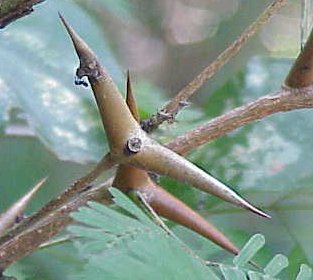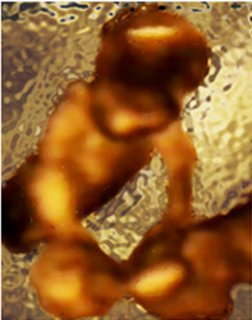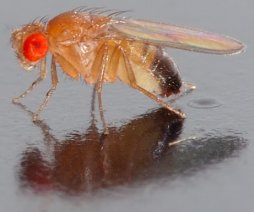Evolutionists have always wanted a “simple” life form to exist. After all, to make the leap from nonliving chemicals to living systems, there must be something that is alive in every sense of the word, but at the same time, is reasonably simple. For a long time, evolutionists wanted bacteria to represent that “simple” life form.
As I make clear in my biology textbook, however, there is no such thing as a simple life form, and that holds true for bacteria as well. The more we learn about them, the more we learn how complex they really are. One of the surprises that has emerged in the past few decades is that bacteria actually talk to one another. They have an incredibly complex means of communication, but Dr. Bonnie Bassler (a professor at Princeton University) does an excellent job of describing it in the following video:
Even though it is 18 minutes long, it is worth watching. She not only tells you how important bacteria are to nature and to you, she explains bacterial communication in a very easy-to-understand manner.
What I find interesting about it is how she and I take such a different view of what the data really mean. She says that because we now know bacteria have one language to talk to other members of their own species and a second language to talk to the bacterial community as a whole, it is clear that bacteria really “set up the rules” for communication between cells. Thus, the communication that makes your cells able to work together so that you survive is simply a more advanced version of what bacteria were able to evolve billions of year ago. I look at the same data, however, and see incredible evidence for design. Just as a common genetic code tells us there is a common designer for creation, the fact that cellular communication is common amongst all the cells in creation tells us that cellular communication is the result of a preplanned design.
Regardless of how you look at what these data mean, the facts are amazing, and Dr. Bassler does an excellent job of communicating them!







